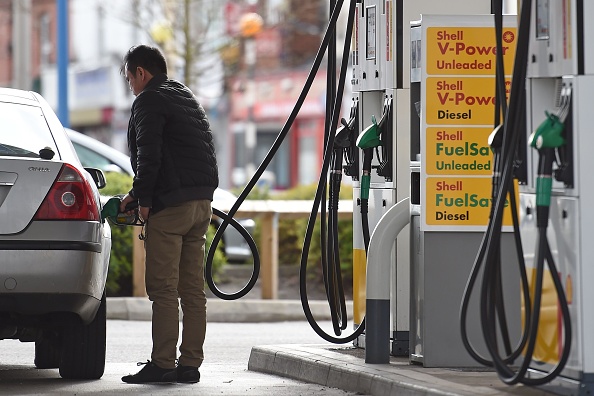Falling fuel prices hold UK inflation at three-year low

UK price inflation stayed at a three-year low in September, the Office for National Statistics (ONS) said today, below the Bank of England’s desired rate of two per cent.
Read more: UK unemployment rises as Brexit fears hit jobs market
The headline annual rate of price growth was 1.7 per cent last month, the same as the August reading. Economists had been expecting a 1.8 per cent rise in the price of goods in British shops.
ONS head of inflation Mike Hardie said: “Inflation remained unchanged into September at its lowest rate since late 2016.”
“Motor fuel and second-hand car prices fell, but were offset by price increases for furniture, household appliances and hotel rooms.”
The price of fuels dropped by 2.1 per cent, the ONS said, its biggest fall since 2016. Yet services inflation returned to 2.5 per cent from 2.2 per cent in August.
The figures came a day after data revealed that the number of people employed in the UK unexpectedly dropped in the three months to August as Brexit looms. Lower employment should ease inflation pressures.
The 1.7 per cent inflation reading is below the Bank of England’s desired rate of two per cent. However, the BoE is loath to change interest rates before Brexit uncertainty has cleared.
Yesterday, the International Monetary Fund (IMF) highlighted a no-deal Brexit as a major risk to Britain’s economy which would have knock-on effects in Europe and around the world.
Andrew Wishart, UK economist at Capital Economics, said: “The rise in the pound on hopes of a Brexit deal thus far won’t affect inflation much – trade-weighted sterling is still flat on the year.
“But if a deal is secured, the further rise to $1.35 in 2020 we expect would put downward pressure on inflation [as it would make imports cheaper].
Read more: IMF warns global growth to fall to lowest since financial crisis
“Nonetheless, we suspect [headline] inflation would stay around the Bank of England’s two per cent target, as the effect of the stronger pound is offset by stronger economic growth giving firms the confidence to reflect rising labour costs in their prices.”
(Image credit: Getty)